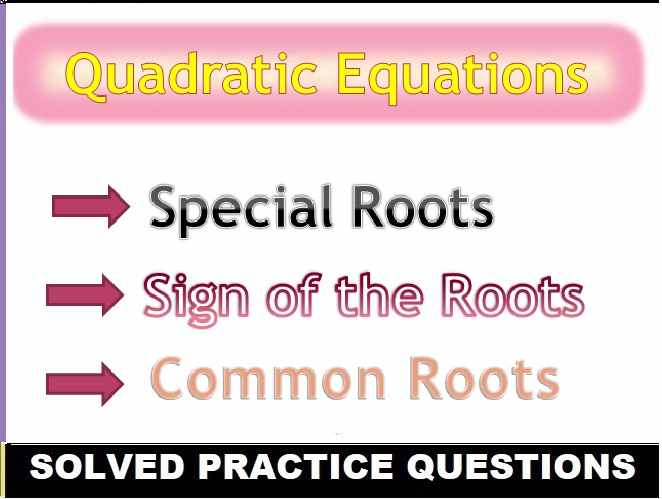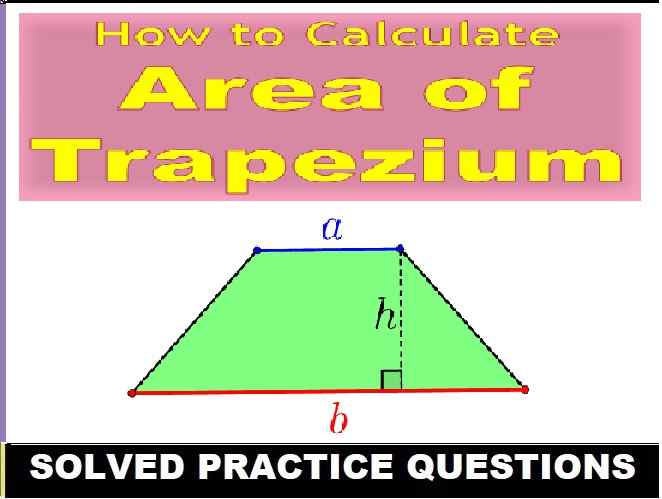Compound Interest Class 8 RS Aggarwal Exe-8C Goyal Brothers ICSE Maths Solutions Ch-8. We provide step by step Solutions of council prescribe textbook / publication to develop skill and confidence. Visit official Website CISCE for detail information about ICSE Board Class-8 Mathematics.

Compound Interest Class 8 RS Aggarwal Exe-8C Goyal Brothers ICSE Maths Solutions Ch-8
| Board | ICSE |
| Publications | Goyal Brothers Prakashan |
| Subject | Maths |
| Class | 8th |
| writer | RS Aggarwal |
| Book Name | Foundation |
| Ch-8 | Simple Interest and Compound Interest |
| Exe-8C | Compound Interest using Formula |
| Academic Session | 2024-2025 |
How to Solve Compound Interest Problems Using Formula
The formula for finding the amount on compound interest is given by: A = P [1 +(R/100) ]n
This is the amount when interest is compounded annually.
Compound interest (CI) = Amount – Original Principal
How to Solve Growth and Depreciation Problems Easily
The problems on growth and depreciations can be easily solve by using compound interest formula.
Final (Later) Value must be taken as amount While Current (Previous Value) must be taken as principal
If Depreciation then use formula A = P [1 – (R/100) ]n and if Growth then use formula A = P [1 + (R/100) ]n
Exercise- 8C
( Compound Interest Class 8 RS Aggarwal Exe-8C Goyal Brothers ICSE Maths Solutions Ch-8 )
Que-1: Mr Dubey borrows Rs100000 from a bank at 10% per annum Compound interest. What amount will he have to pay to the bank after 3 years ?
Sol: A = P(1 + R/100)^T
A = 100,000(1 + 10/100)³
A = 100,000(11/10)³
A = 133,100
Que-2: Find the amount and the compound interest on Rs10240 for 3 years at 12*(1/2)% per annum compounded annually.
Sol: Principal (P) = Rs. 10240
Rate (R) = 12*(1/2)% = 25/2% p.a
.Period (n) = 3 years
∴ Amount (A) = P (1+R100)^n
= Rs. 10240 (1+{25/(2×100)})³
= Rs. 10240×(9/8)³
= Rs. 10240×(9/8)×(9/8)×(9/8)
= Rs. 14580
∴ C.I. = A – P
= Rs. 14580 – Rs. 10240
= Rs. 4340
Que-3: The present population of a town is 176400. If it increases at the rate of 5% per annum, what will be its population after 2 years?
Sol: Initial population of the town = 176400
Annual rate of increase in the population = 5%
Increased Population = (1 + R/100)n x Initial Population
Total population after two years = (1 + 5/100)2 x 176400
[(100 + 5)/100] × [(100 + 5)/100] × 176400
= 194481
Que-4: Amit started a shop by investing Rs50000. He gained 4% during first year, 5% during second year and 10% during 3rd year. What will be his capital amount after these three years?
Sol: Principal = Rs50000
Rate of gain = 4%, 5%, 10%
Time = 3 year
Amount = P[1+(R1/100)][1+(R2/100)][1+(R3/100)]
A = 50000[1+(4/100)][1+(5/100)][1+(10/100)]
A = 50000(104/100)(105/100)(110/100)
A= 52×105×11
A = 60060.
Que-5: A mango tree of height 125 cm was planted 3 years ago. If it increases at the rate of 20% per annum, what is its present height?
Sol: Mango tree’s original height = 125 cm
Height after 1 year = 125 + 20/100 * 125 = 125 + 25 = 150cm
Height after second year = 150 + 20/100 * 150 = 150 + 30 = 180cm
Height after third year = 180 + 20/100 * 180 = 180 + 36 = 216 cm
Que-6: Two years ago, the population of a town was 10000. During first year, it increased at the rate of 5% per annum and during second year, it increased at the rate of 6% per annum. What is its present population?
Sol: We are given that two years ago the population of the town was 10000
During first year it increased at the rate of 5% per annum
So, Population after 1st year = 10000 + [(5/100)10000] = 10500
During second year it increased at the rate of 6% per annum
So, Population after 2nd year
= 10500 + 6%(10500)
= 10500 + [(6/100)10500]
= 11130
Que-7: Mahesh borrowed Rs16000 at 7*(1/2)% per annum simple interest. On the same day, he lent it to Gagan at the same rate but compounded annually. What does he gain at the end of 2 years?
Sol: P = 16000
R = 7*(1/2)% = 15/2%.
T = 2 years
We know that SI = PRT/100
= (16000 * 15 * 2)/2 * 100
= (16000 * 15)/100
= 2400
We know that A = P + I
= 16000 + 2400
= 18400
Given that he lent it to Gagan at the same rate.
Given R = 15/2.
n = 2 years.
P = 16000.
We know that A = P(1 + r/100)^n
= 16000(1 + 15/200)^2
= 16000(215/200)^2
= 16000(43/40)^2
= 16000 * 1849/1600
= 10 * 1849
= 18490
Therefore the gain = 18490 – 18400
= 90
Que-8: A machine is purchased for Rs625000. Its value depreciates at the rate of 8% per annum. What will be its value after 2 years?
Sol: Value of machine (P) = Rs. 625000
Rate of depreciation (R) = 8% p.a.
Period (n) = 2 years
∴ Value after 2 years = P(1−R100)^n
= Rs. 625000(1−(8/100))^2
= Rs. 625000(23/25)^2
= Rs. 625000×(23/25)×(23/25)
= Rs.529000
Que-9: A car is purchased for Rs348000. Its value depreciates at 10% per annum during the first year and at 20% per annum during the second year. What will be its value after 2 years?
Sol: Cost of car = Rs. 348000
Rate of depreciation(R1) = 10% p.a. for first year
∴ (R2) = 20% p.a. for second year
∴ Value after 2 years = P(1−(R1/100))(1−(R2/100))
= Rs. 348000 (1−(10/100))(1−(20/100))
= Rs. 348000×(9/10)×(4/5)
= Rs. 250560
–: Compound Interest Class 8 RS Aggarwal Exe-8C Goyal Brothers ICSE Maths Ch-8 Solutions :–
Return to :- ICSE Class -8 RS Aggarwal Goyal Brothers Math Solutions
Thanks
Please share with yours friends if you find it helpful


